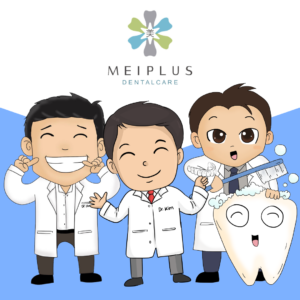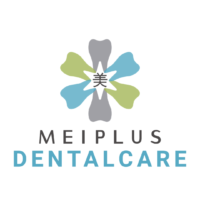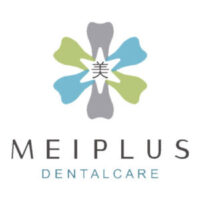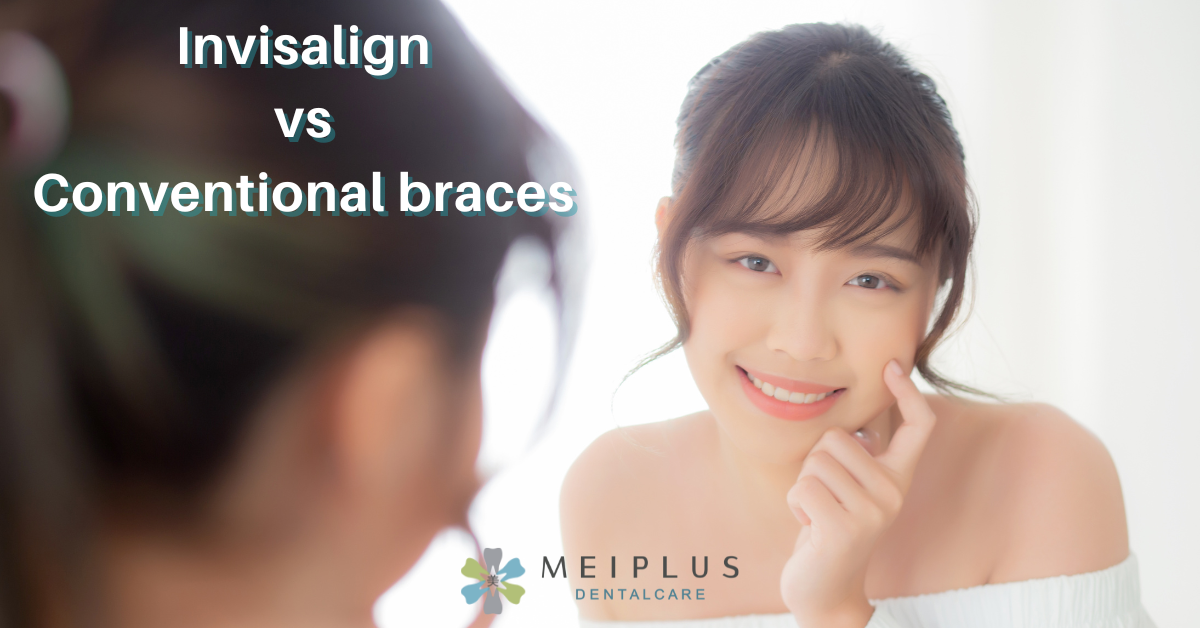Invisalign vs Conventional Braces: Which Is Right for You?
If you want to straighten your teeth, you may have to select between two orthodontic treatment options: Invisalign or braces. While both intend to give a straighter smile over time, they have certain distinctions.
Choosing between Invisalign and braces will necessitate an appointment with the our dentist and will be determined by criteria such as your age and the extent of correction required. There are various advantages and disadvantages to both Invisalign and braces; selecting one over the other may come down to personal preference.
Here’s a rundown of everything you should know about Invisalign and braces.
What Exactly Is Invisalign?
Invisalign represents a groundbreaking advancement in orthodontic treatment, offering a more discreet and flexible approach to achieving a straighter smile.
Widely spread teeth, overcrowded teeth, overbite, crossbite, minor relapse (after Conventional braces treatment), and other basic bite abnormalities are among conditions that can be corrected with Invisalign.
During visits four to six weeks apart, you typically receive one or two sets of aligners (top and bottom). Treatment time varies, but in most cases, 20 to 30 sets of aligners are worn for a year or fewer.
An assessment with an Invisalign doctor, who produces a specific treatment plan to straighten your smile, is included in the Invisalign treatment plan.
Pros of Invisalign
Discreet Appearance: Invisalign aligners are practically invisible while worn, making them a good option for people who wish to avoid the cosmetic difficulties associated with conventional braces.
Comfortable: Smooth, comfortable plastic is used to make Invisalign aligners. They are more pleasant to wear since they do not feature sharp wires or brackets that might cause irritation or pain.
Removable: Invisalign aligners are removable, you may remove them for eating, drinking, brushing, and flossing. This simplicity makes dental hygiene and food decisions easier.
Shorter Appointments: Compared to conventional braces, Invisalign often needs shorter and fewer frequent visits to the dentist for check-ups and adjustments.
Cons of Invisalign
Effectiveness in Complex Cases: Invisalign can correct many orthodontic difficulties, but it may not be as successful as conventional braces in instances that need extensive tooth movement or bite modifications.
Compliance: The patient’s dedication to wearing the aligners for at least 22 hours daily is necessary for successful Invisalign treatment. Some people may struggle with compliance, which might influence results.
Cost: Because of the personalization necessary in producing the aligners, Invisalign aligner treatment might be slightly more expensive than conventional braces.
Tracking and Loss: Because Invisalign aligners are removable, there is a chance that they will be misplaced or lost. Maintaining track of your aligners and sticking to the treatment regimen is critical.
What exactly are braces?
Traditional dental braces straighten teeth with protrusions, crowding, alignment problems, crookedness, and/or uneven spacing. Braces are made up of brackets and archwires fastened to the teeth with elastic ties.
Brace installation normally takes between one and two hours. Regular consultations are necessary to replace the elastic bands, with adjustments every three to ten weeks.
Pros of Conventional Braces
Effectiveness in complicated Cases: Conventional braces successfully treat a wide range of orthodontic conditions, from severe misalignments to complicated bite abnormalities. They are frequently the favoured option in instances requiring extensive repair.
Predictable Results: Dentists have vast expertise with conventional braces, which makes it simpler to anticipate and obtain accurate outcomes. Braces’ permanent nature maintains steady pressure on the teeth, allowing for regulated and exact motions.
Low Maintenance: The patient must perform minimum daily maintenance after conventional braces are set. Regular orthodontic visits, generally every few weeks, are required for corrections and maintenance.
Insurance: Conventional braces are covered by many dental insurance policies, which helps patients balance the expense.
Cons of Conventional Braces
Aesthetic Issues: Conventional braces’ look is its most obvious disadvantage. When you grin, the metal brackets and wires are visible, which might make some people feel self-conscious about their looks.
Sores and Discomfort: Conventional braces’ wires and brackets can be uncomfortable, particularly during adjustments. They can also cause oral sores, which require special care and wax to relieve.
Dietary Restrictions: To minimize damage to the braces, some meals and snacks, including hard sweets, popcorn, and sticky substances, must be avoided. Some patients may find this inconvenient.
Challenges to Oral Hygiene: Due to brackets and wires, maintaining adequate oral hygiene might be more difficult with conventional braces. Specialized instruments, including floss threaders and interdental brushes, are sometimes necessary to clean efficiently.
Braces vs Invisalign: Which Is Better?
The topic of whether Invisalign or Conventional braces perform better is frequently asked. Still, the answer is dependent on a number of factors, including your individual dental needs, lifestyle, and personal preferences. Both strategies are quite effective but in different ways.
Your situation will determine whether you should choose Invisalign or conventional braces. Conventional braces excel at addressing difficult dental abnormalities, whereas Invisalign offers discretion, comfort, and convenience for mild to moderate instances.
It is essential to consult with your dentist to identify which choice is most suited to your dental needs, ensuring that you get the desired outcomes effectively and pleasantly. Both approaches work quite well—it’s just a matter of which one best fits your own objectives and lifestyle.
Takeaway
Conventional braces and Invisalign are the two orthodontic treatment options available. Conventional braces, with their time-tested success, are a reliable answer for challenging situations, but Invisalign provides a discreet, pleasant, and convenient alternative for individuals looking for a less noticeable road to orthodontic progress.
Finally, the choice is personal, and there is no one-size-fits-all solution. Consultation with a knowledgeable dentist is essential for making an educated decision that is in line with your objectives. Whatever choice you make, the final result is the same: a dazzling, healthy smile that boosts your confidence and dental health.
Contact us now to set up a consultation and begin your path to a beautiful, healthy smile! At Meiplus Dentalcare in Singapore can help you attain a flawlessly straight smile, whether you select Invisalign or braces.



